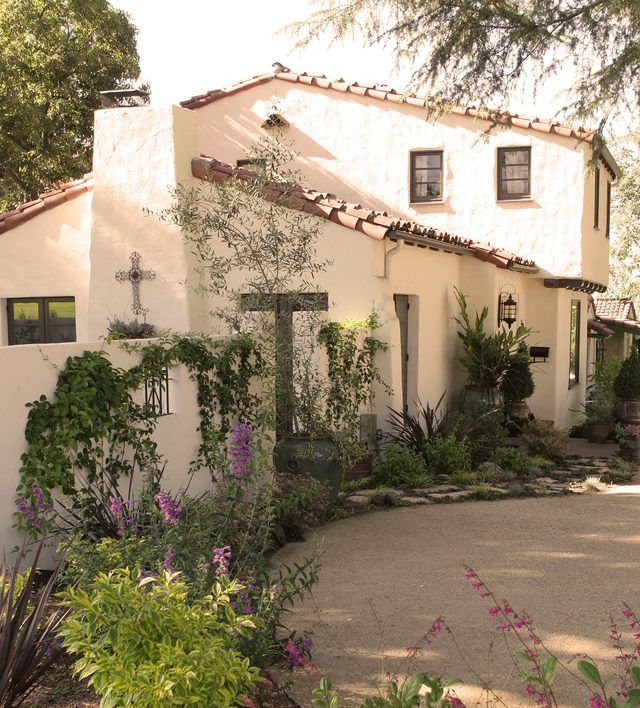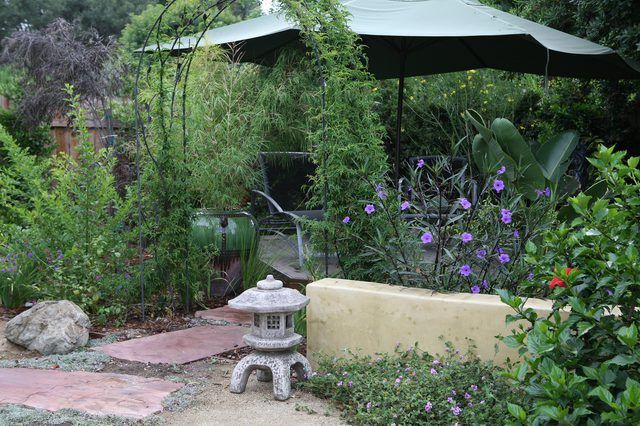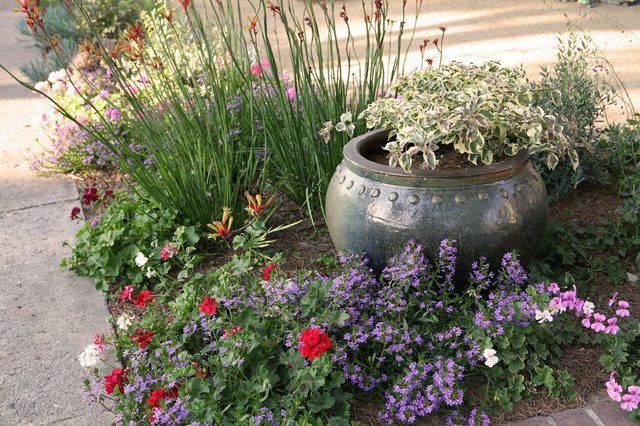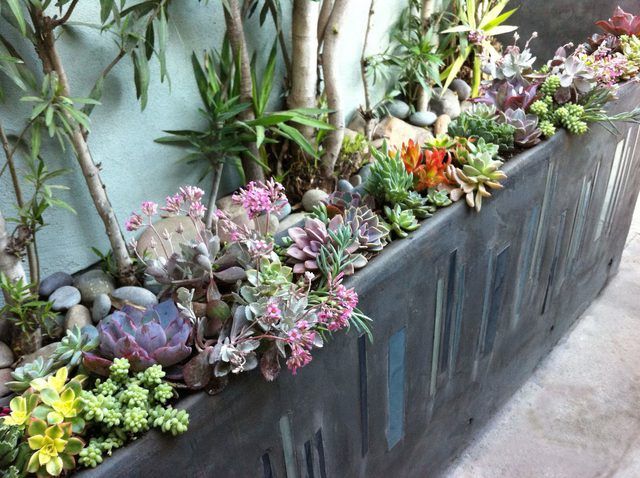Bulbs
Flower Basics
Flower Beds & Specialty Gardens
Flower Garden
Garden Furniture
Garden Gnomes
Garden Seeds
Garden Sheds
Garden Statues
Garden Tools & Supplies
Gardening Basics
Green & Organic
Groundcovers & Vines
Growing Annuals
Growing Basil
Growing Beans
Growing Berries
Growing Blueberries
Growing Cactus
Growing Corn
Growing Cotton
Growing Edibles
Growing Flowers
Growing Garlic
Growing Grapes
Growing Grass
Growing Herbs
Growing Jasmine
Growing Mint
Growing Mushrooms
Orchids
Growing Peanuts
Growing Perennials
Growing Plants
Growing Rosemary
Growing Roses
Growing Strawberries
Growing Sunflowers
Growing Thyme
Growing Tomatoes
Growing Tulips
Growing Vegetables
Herb Basics
Herb Garden
Indoor Growing
Landscaping Basics
Landscaping Patios
Landscaping Plants
Landscaping Shrubs
Landscaping Trees
Landscaping Walks & Pathways
Lawn Basics
Lawn Maintenance
Lawn Mowers
Lawn Ornaments
Lawn Planting
Lawn Tools
Outdoor Growing
Overall Landscape Planning
Pests, Weeds & Problems
Plant Basics
Rock Garden
Rose Garden
Shrubs
Soil
Specialty Gardens
Trees
Vegetable Garden
Yard Maintenance
How to Create a Xeriscape in Your Yard
How to Create a Xeriscape in Your Yard. *With several areas of the country suffering an historic drought, many homeowners are rethinking their grassy lawns and flowerbeds and looking at ways to save water through an alternate type of landscaping known as “xeriscaping.”*According to The New York Times, as of November 2014, approximately...
With several areas of the country suffering an historic drought, many homeowners are rethinking their grassy lawns and flowerbeds and looking at ways to save water through an alternate type of landscaping known as "xeriscaping."
According to The New York Times, as of November 2014, approximately 30 percent of the contiguous United States experienced a moderate to serious drought, particularly across California, parts of Texas, Oklahoma, Arizona and Arkansas. In response, xeriscaping, a type of landscape that require little or no irrigation, is gaining in popularity.
The benefits of xeriscaping are many. Homeowners can save on water, gain an easy-care, aesthetically beautiful outdoor environment, and feel good about doing something that is environmentally, perhaps even socially, responsible. But there is a right way and a wrong way to go about the switch. Here's how to start.

Robert Cornell, of Robert Cornell & Associates, has worked in the landscape design field for 35 years. To him, the popularity of xeriscaping indicates an awareness and acknowledgment of a global environmental change that is not going to reverse anytime soon.
Cornell says that many are apt to approach the change abruptly, just by letting their lawns die by ceasing to water them. But if one does that, it can actually cost more later to replace what is being lost. "They are often losing shrubs and small trees in the process, and they think stopping watering will kill the lawn but it won’t," he says.
In many areas of the country, for instance, Bermuda grass – a weed – makes up some or most of a lawn, and when deprived of water, it just goes dormant. "The first bit of irrigation the affected area gets will result in brand-new growth," says Cornell. His advice? Get a pro or do the research to understand what plants are living in your yard and remove them for good. "You need to ensure your original grass and any weed seeds are actively growing first before treating them with glyphosate (e.g. Roundup), for glyphsate will only work on actively growing plants, not on plants that are dormant or on seeds or bulbs that have not leafed out."
Most of the time, after the original plants are removed, very little soil prep is required to grow the drought-tolerant replacements. "It needs neither water nor fertilizer," says Cornell.

As far as aesthetics are concerned, drought-tolerant landscapes may be made to match a variety of pleasing styles, from California native, to Mediterranean with lots of lavender and rosemary, to English cottage to mostly succulents. A pro will work with a homeowner’s tastes and home style to find plants of the right color, size and style, as well as hardscape materials and layout that "fit."
Karen Miller, founder of Sacred Space Garden Design, says, "A common mistake for many folks is that they don’t read the plant tags to see how big plants will get. A professional will always have the knowledge of how plants will grow in and mature as well as how to group plants in to proper hydro- , or water-needs, zones."

Speaking of water, it is crucial to also understand different plants’ varying water needs. A well-executed xeriscape will include different areas of plants grouped according to common watering needs – a practice called hydro-zoning. "This is another big mistake homeowners make," says Cornell. "Irrigation planning is an essential part of the xeriscape." A variety of irrigation products available make it easy to drip water lightly in some areas while providing more generous water supply in others.

Before embarking on a xeriscaping project, homeowners are advised to think about how they wish to use their space. It doesn’t have to be an all-or-nothing proposition. "Form follows function," says Cornell. "People with children and pets want a lawn as a functional thing not an ornamental one, so they may want to keep at least a portion of it."
A lawn area can have another important role in a garden. "It contributes to a general cooling off of the environment through the evapo-transpiration process," says Miller. The overall size of a lawn, however, can be reduced through clever design, including creating larger planter beds fed by drip lines and planted with low-water-needs plants, or using low-water-use grasses to replace traditional grass seed. As an environmental bonus, she says, "no-mow" grasses can also help reduce the need for gas-powered mowers and chemical fertilizers.
Cacti, succulents, flowering natives and drought-tolerant grasses can also be combined with hardscape materials like boulders and decomposed granite – often used as a groundcover for seating areas or pathways – to create spaces to match homeowners’ tastes as well as needs. "This is like adding the jewelry after you’ve finished dressing," says Miller.

Xeriscaping need not be done all at once, though there is some appeal and perhaps cost savings with that approach. For larger properties, however, phasing can make a lot of sense. For instance, one can do a front yard first and a backyard later, says Miller. Either way, it helps immensely to work with a partner who has experience in the craft. "A seasoned professional can walk you through the necessary steps and take the fear factor away," Miller says.
